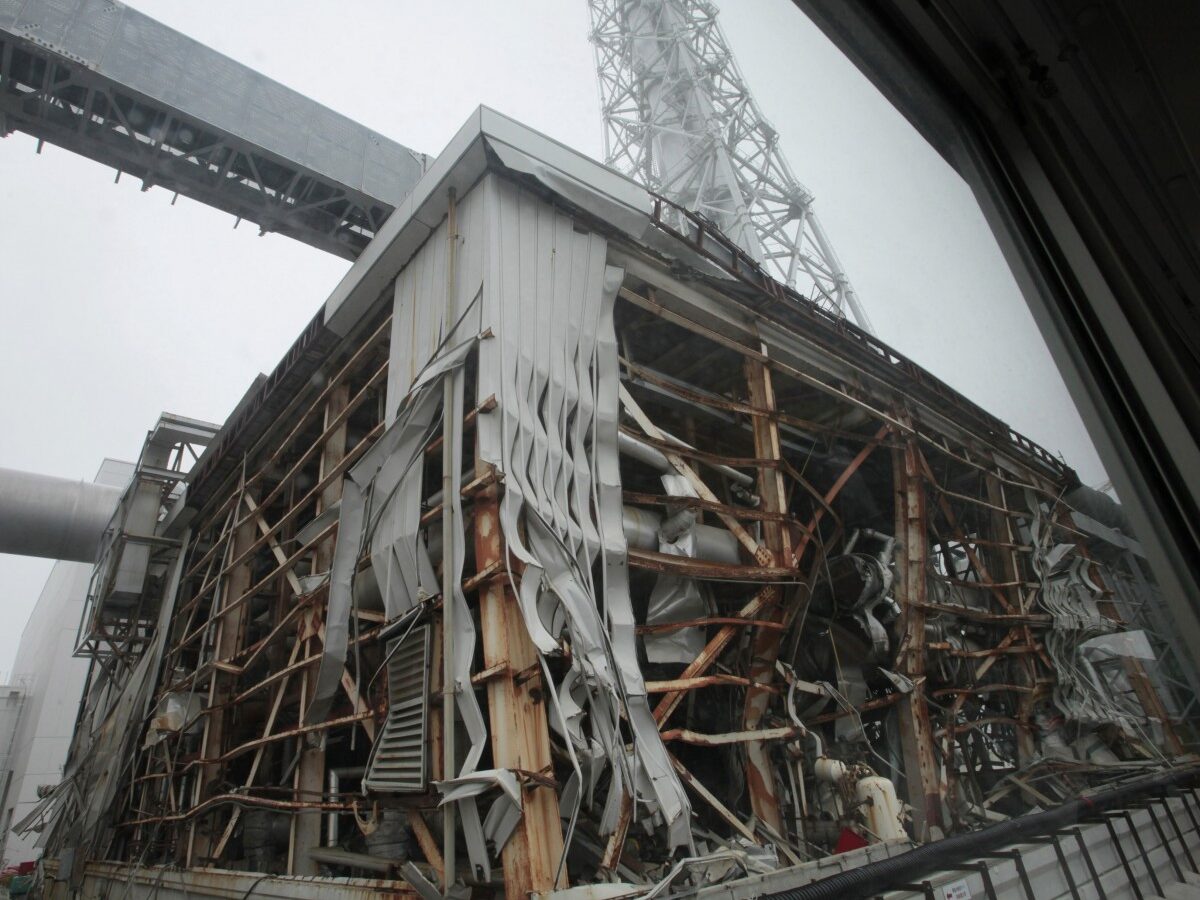
Threatening to trigger a new — and possibly more devastating — nuclear disaster than the original or ongoing one at the Fukishima plant in Japan, a risky plan to remove fuel rods from a damaged reactor building could unleash an “unprecedented” level of radiation, according to experts, if things go wrong.
According to reporting by Reuters, the radioactive material within the fuel rods slated for removal are equivalent to 14,000 times the amount released in the atomic bombing of Hiroshima and the plan to move them “has never been attempted before on this scale.”
The 400 tons of highly irradiated spent fuel and other nuclear materials will be taken from the crippled building and moved to a safer location, but the manner of the operation should be put in serious doubt, say the experts.
“They are going to have difficulty in removing a significant number of the rods,” said Arnie Gundersen, a veteran U.S. nuclear engineer and director of Fairewinds Energy Education. The fuel rods are being stored in a cooling pool, but if a reaction begins, Gundersen expressed serious concern to Reuters about the company’s ability to respond.
“To jump to the conclusion that it is going to work just fine,” said Gundersen, “is quite a leap of logic.”
“There is a risk of an inadvertent criticality if the bundles are distorted and get too close to each other,” Gundersen continued.
“The problem with a fuel pool criticality is that you can’t stop it. There are no control rods to control it,” he said. “The spent fuel pool cooling system is designed only to remove decay heat, not heat from an ongoing nuclear reaction.”
Reuters also quoted from a recent independent report which stated, a “full release from the Unit-4 spent fuel pool, without any containment or control, could cause by far the most serious radiological disaster to date.”
The site’s operator Tokyo Electric Power Company (TEPCO) has been mired in crisis ever since an earthquake and tsunami severely damaged the plant 2011. Most recently it was discovered that as much as 300 tons of “highly radioactive water” has been pouring into the Pacific Ocean on a daily basis from the plant, with no promising remedy offered by either the plant’s owner TEPCO or the Japanese government.
This article originally was published at Common Dreams.


